How to grow grapes from seed?
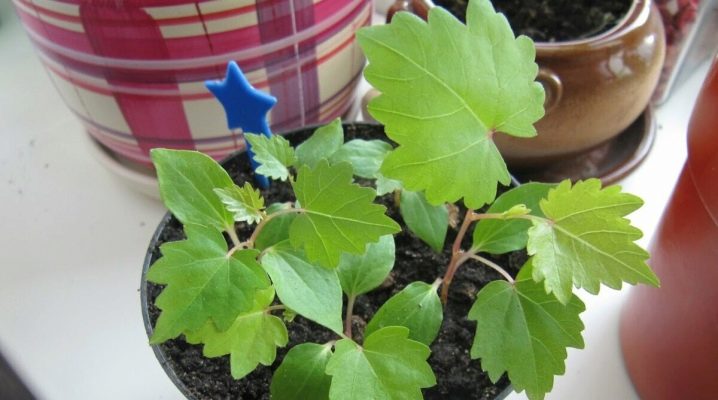
The method of growing grapes from seeds is resorted to if the variety is difficult to root, or to develop a new variety. When propagated by this method, grapes do not always inherit the traits of their parents, but acquire new characteristics and properties that have not been expressed before. With the help of this selection, we get more resistant, hardy and large varieties. And the growing process itself can be a lot of fun, as you can watch the gradual growth and development, which is an extremely exciting process.
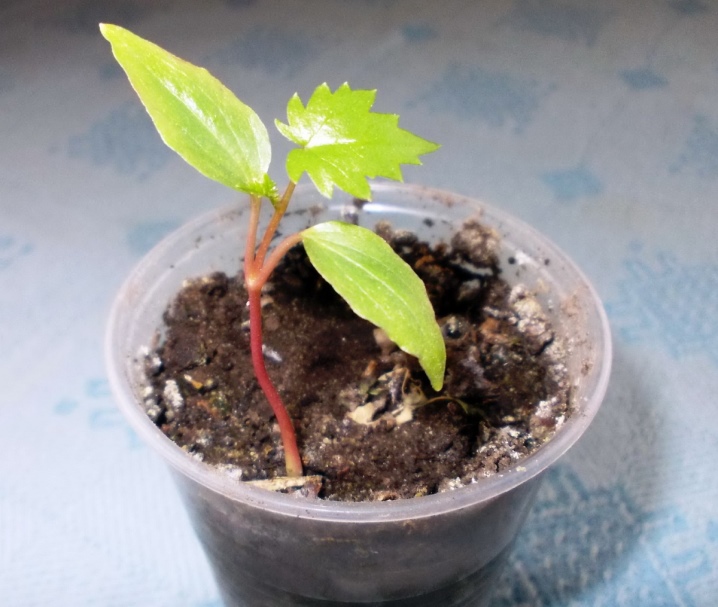
Pros and cons of growing
A plant that has grown from a seed is several times more resistant than any other. It is much easier to withstand variable climatic conditions or an attack of parasites. Of course, reproduction by other methods is available to gardeners, but breeding by planting seeds is more effective.
You can grow grapes from seeds if you have no other alternative. So the plant will increase its positive characteristics, however, you will receive the first ovary in at least 4 years.
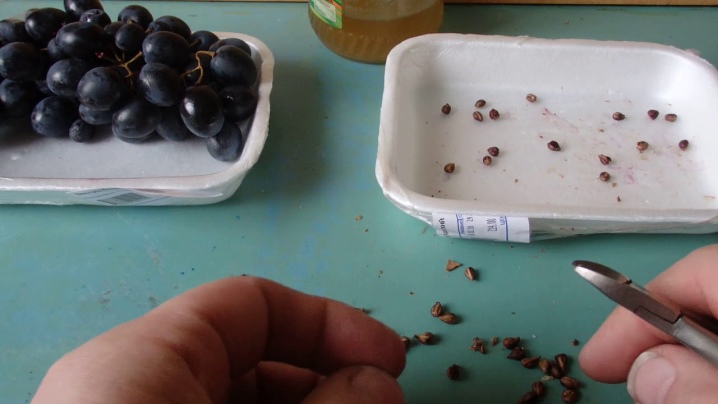
Due to the fact that the bush is forced to form its entire root system from scratch, you will have to wait for a while, you will be able to harvest a full harvest only after 5 years of careful care.
Will the grapes be fruitful?
An important factor for the choice of planting grapes by seedling is its ability to produce a good harvest in the future. This planting method is controversial among gardeners. As a result, they split into two camps. Some argue the inconsistency of such a method, while others vehemently praise it and recognize it as the best of all.
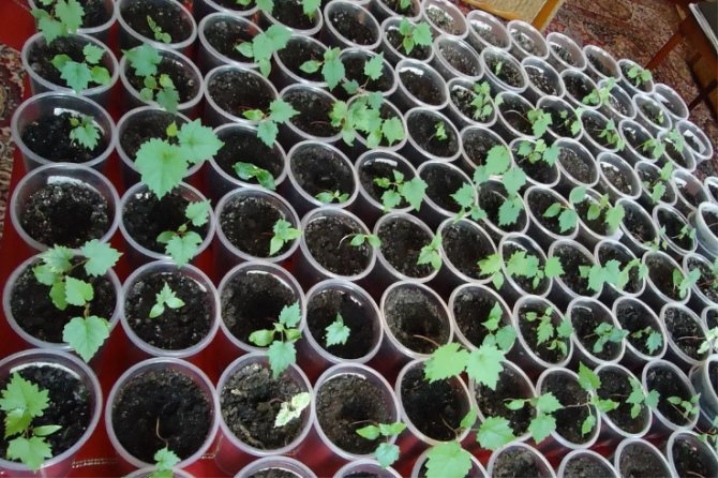
It is worth clarifying that a plant grown from a seed will bear fruit as well as one obtained by cuttings. The only difference is that the seeds need more care and more time.
A tree grown from a seed has higher characteristics... The fruits are much larger and sweeter, and the immunity is several times stronger. However, when grapes are in the germination stage, they need increased care and attention. He runs the risk of becoming an easy prey for parasites, which are activated in the spring. At this point, a thorough examination and preventive disinfection is necessary, which should be carried out on a regular basis to avoid contamination. If you failed to save the plant, and it received serious damage, then this will greatly affect the quantity and quality of the berries.
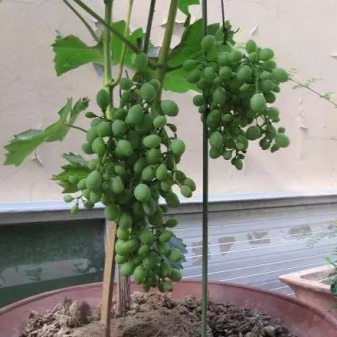
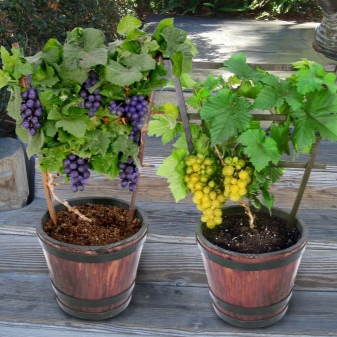
Variety selection
Choosing the right variety should come primarily from your personal preference. It is important to consider what you need fruits for.... Different varieties have completely different characteristics in terms of taste and persistence.
So, it must be borne in mind that the berries that will go for canning differ in their qualities from those used for fresh consumption.

The next, no less important condition is the resistance of a particular variety to natural changes. If you live in an area where the land is rather dry and barren, and the temperature is very high for most of the year, then you should pay attention to the varieties designed for arid areas.If your region boasts moist soil and heavy rainfall, then your choice should be based on these characteristics. Do not forget about frost resistance, since severe cold can simply kill a young plant. The variety you choose should ideally cope with frost. The varietal list is extremely wide and varied. You will literally find the right grape that will meet all your requirements, from skin color to size.


Selection and preparation of material
To prepare the necessary seeds, take a bunch, thoroughly clean all dirt and wrap in a cloth, preferably of natural origin. Choose healthy specimens, free from rot or mold. Otherwise, you will have to discard the berries after a few days, as they will begin to flow and give off an unpleasant smell of dampness. You will not get seeds from such material, or you will prepare low-quality material that will not germinate.

Place the bag with the blank in a dark, dry and cool place, do not leave it in the scorching sun, as the contents may die. Check your drying results periodically. After you are satisfied with the condition of the fruits, remove them from the fabric and separate the seeds from the berries. It is very simple to do this, but it is important not to damage the seeds themselves.
Go through the resulting material carefully. Black, dry and empty seeds are unsuitable for planting and further fruiting. Place them in saline for an accurate check. Those that are not fertile will very quickly float to the surface of the water.
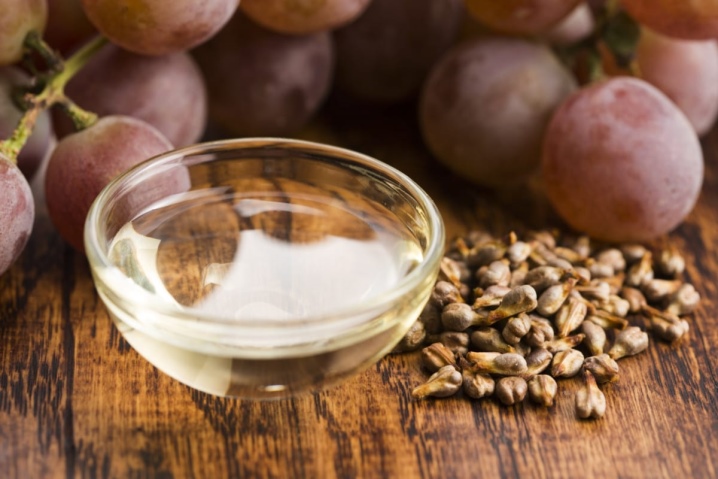
You should immediately get rid of them, since there is no result or benefit. The rest of the seeds are soaked in water and sent for stratification.
Main steps
To properly plant grapes at home, you need to follow a few simple procedures.... Germinating seeds at home or in an apartment is not difficult, planting the resulting seedlings is best in the country, since there is enough space for the vine to grow fully.
You need to start by harvesting the necessary seeds. To do this, you can use the fruits of your favorite variety. This way you will get the amount of starting material you need. The main thing is to take a healthy and fully developed source for harvesting, only from this you get good material for sowing.
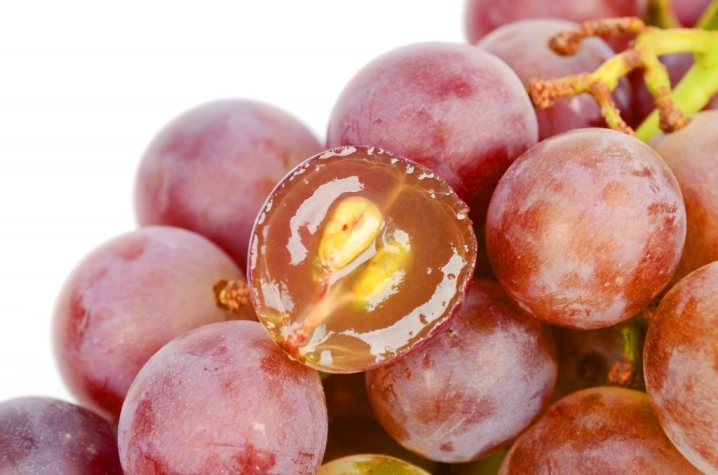
Stratification will help process the seeds and increase the germination rate. Thanks to this procedure, the harvest will be several times richer, and the bush itself will be stronger and healthier.
Seedlings need proper care. To maintain healthy growth, it is necessary to maintain a constant temperature and humidity level. Before planting, the sprouts should be hardened so that they adapt to external conditions.
The last step will be open ground transplantation. The grapes must be strong enough to survive even adverse weather conditions.
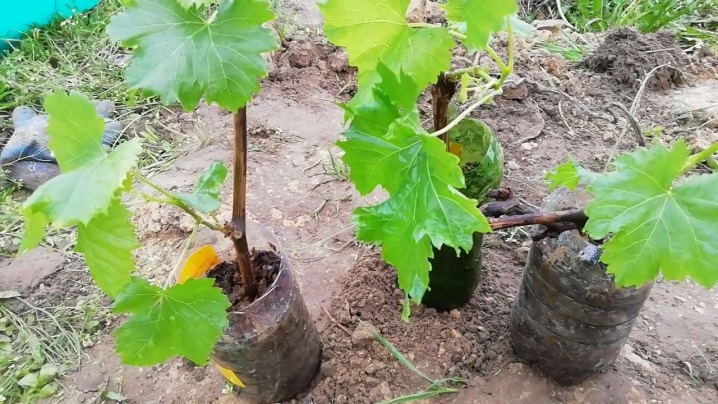
Stratification
Stratification is a process that stimulates growth and allows them to emerge faster. Unlike the material that has undergone stratification, the one that has not passed rises several times worse, this phenomenon can be observed by our own example.
For the procedure, river sand is used. It needs to be rinsed and evenly distributed over the baking dish. We recommend using a large iron baking sheet. Place it in the oven for disinfection. Then let it cool and sprinkle it through a sieve, so you get rid of all large particles and lumps of debris.
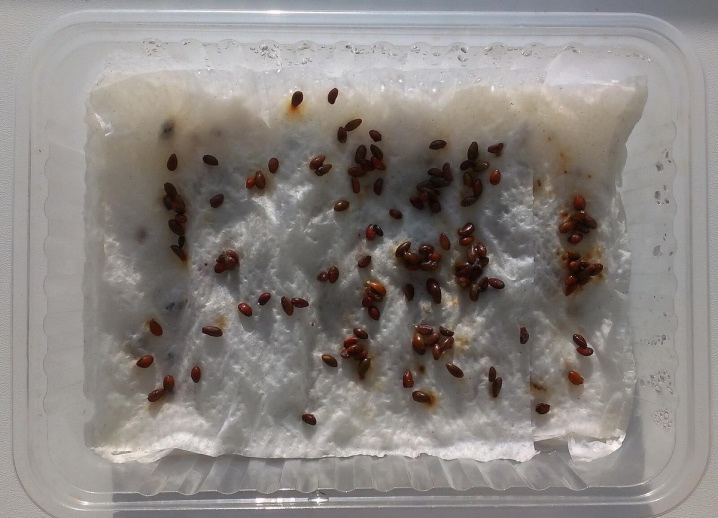
Pour the prepared substrate into the box. Sprinkle the seeds with sand and cover with agrofilm or glass. If you don't have river sand available, you can use dry moss. It has similar antiseptic properties and can increase seed productivity. Therefore, it will serve as a worthy alternative.
Then put the container in a cool place for several months.It can be a basement, refrigerator, balcony or terrace. Check the seeds periodically to prevent mold.... Although this happens very rarely, to prevent this from happening, the room must be dry, without access to moisture.
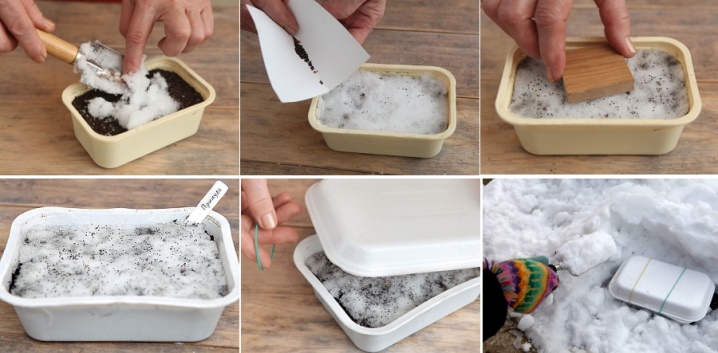
Seedling care
After the seeds have gone through all the stages, it is time to plant them in separate containers. Alternatively, you can put them in a common container, however, they should be at a distance of 5 centimeters. It is not recommended to break this distance due to the fact that the sprouts will interfere with each other during growth.
Pour small stones at the bottom of the vessels. Then add the prepared soil. It includes black soil and sand. It will retain moisture and prevent plants from wilting.
The seeds should be buried shallowly, only 1 cm is enough. Maintain constant temperature and humidity afterwards. Sprouts react sharply to any changes in the external environment.
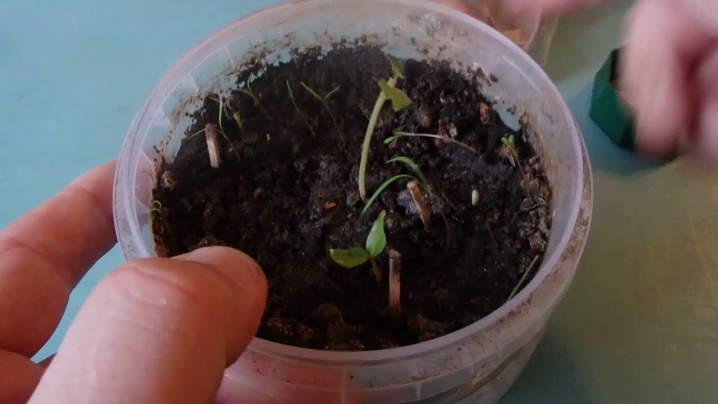
In the spring, it is necessary to take out the seedlings to fresh air in order to harden the plant. The pot is left outside for no longer than 20 minutes, otherwise there is a risk of freezing the plant.
Landing in open ground
Before planting, it is necessary to prepare fertile soil. It is recommended to add a little sand and fertilizers to black soil.... They can be both mineral and organic. Pour the prepared soil into a spacious pot, where you will plant the seeds. There must be a distance between the holes. It is undesirable to keep more than 3-4 seeds in one pot, as they will interfere with each other in the future. After sowing, moisten the soil well with water, but do not overdo it, as rot or mold will attack the seeds. The sprouts must be kept in the house until the end of spring, otherwise various microorganisms will infect the vine.
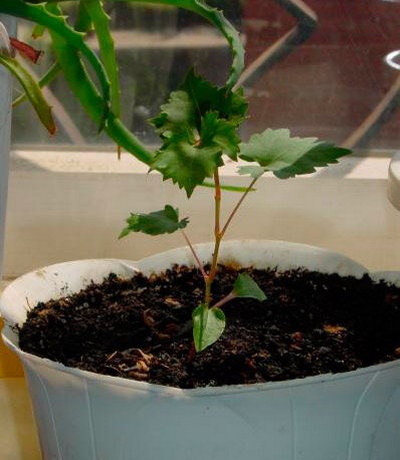
The grown sprouts are taken out into the street at the end of May, when there is no risk of frost. Over the summer, the plant manages to significantly stretch in growth up to several meters. With the onset of autumn, the grapes are transplanted into open ground. This should be done with extreme caution, as you risk damaging the fragile root system. It is worth planting only healthy and strong bushes. A diseased plant with a high probability will not survive the winter and will die. Hardening before transplanting is a mandatory process, without which the plant cannot take root.
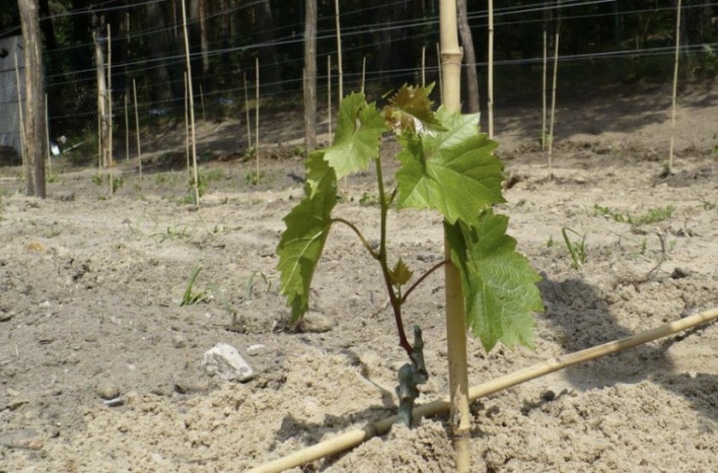








The comment was sent successfully.